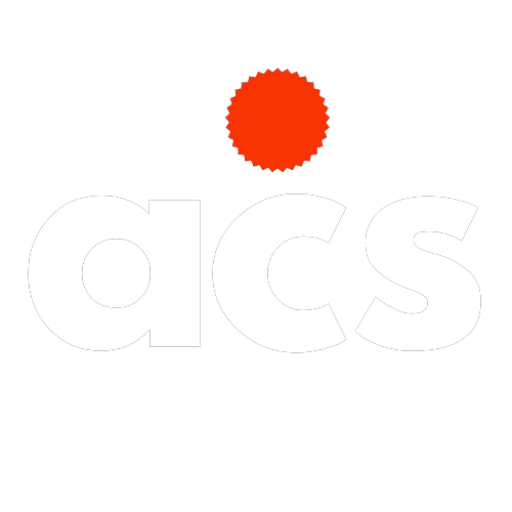
As a business owner, you understand the importance of having a solid online presence. So, with so many websites competing for attention, how can you ensure that yours stands out? The solution is in your website copy – the words that explain your story, highlight your products or services, and eventually persuade visitors to take action. But writing copy that resonates with your audience and drives conversions is easier said than done. That is why we have created the ultimate checklist for creating compelling website copy.
From defining your target audience to building a powerful value proposition, we’ll walk you through the critical stages of creating copy that catches your attention and converts visitors into customers. Thus, whether you’re redesigning your website or launching a new one, use this checklist to guarantee your website copy is engaging and convincing and ultimately drives conversions.
Understanding the Importance of a Compelling Website Copy
There’s more to website copy than just text on a page. It’s your brand’s voice, how you interact with your audience and the key to driving conversions. The language on your website should be clear, simple, and convincing. It should present your products or services in a way that appeals to your target audience and inspires them to act.
But why is website copy so essential? To begin with, it is frequently the first impression that visitors get of your brand. People will rate your website based on the copy they see, so it must be intriguing and engaging. Even so, website copy could significantly impact search engine results. Optimizing your copy for search engines may increase your website’s visibility and attract more visitors.
Finally,a compelling website copy can help you differentiate yourself from competitors. You can distinguish yourself from other businesses in your industry by developing a distinct voice and value proposition.
Researching Your Target Audience and Competition
You must first identify your target audience and rivals when creating website copy. Who are your ideal customers? What are their concerns, wants, and needs? What is it that drives them to act? By addressing these questions, you can create copy that communicates directly to and resonates with your target audience on a deeper level.
It is essential to investigate your competition in addition to researching your target audience. What do they do well? What are their flaws? By evaluating your competition, you can uncover possibilities to differentiate yourself and create copy that sets you apart.
A SWOT analysis is an excellent way to examine your target audience and competition. This helps determine your strengths, weaknesses, opportunities, and threats. This allows you to have a better grasp of your brand and create copy that is consistent with your entire strategy.
Defining Your Unique Selling Proposition (USP)
Your unique selling proposition (USP) distinguishes you from the competition. It is why customers should select your brand above competitors in your industry. Your USP should be clear, brief, and simple to grasp. Evidence such as customer testimonials, case studies, or data should also be provided.
Begin by assessing your brand’s strengths and flaws to develop your USP. What distinguishes you from others in your sector? What distinct advantages do you provide to your customers? Once you’ve discovered your strengths, use them to develop a value proposition that highlights your unique selling points.
Your value proposition should be proudly featured on your website and woven throughout your copy. You can create copy that resonates with your audience and pushes them to take action by highlighting your USP.
Crafting Attention-Grabbing Headlines and Subheadings
When visitors arrive at your website, they will first see your headlines and subheadings. They should be eye-catching, informative, and brief. The main benefits of your product or service should be stated in the headlines, while the subheadings should give further explanation.
Remember that your headlines and subheadings should be targeted for search engines. This includes including relevant keywords and phrases your target audience seeks. .however, avoid keyword stuffing, which might harm your search engine rankings.
Your headlines and subheadings should be optimized for scannability and search engine optimization. This includes using brief paragraphs, bullet points, and other formatting strategies to make your copy easier to read and digest.
Search Engine Optimization (SEO)
Conversions can be increased by optimizing your website copy for search engines. You can increase the exposure and traffic to your website by inserting relevant keywords and phrases. However, avoid keyword stuffing and other methods that might harm your search engine rankings.
While optimizing your website copy for search engines, keep your target audience in mind. Employ relevant keywords and phrases naturally and appropriately for your copy. Also, ensure your website is mobile-friendly, which could significantly influence search engine rankings.
Readability and Scannability Formatting
Formatting is a vital part of producing copy that is easy to read and digest. Break up your copy into digestible parts using short paragraphs, bullet points, and other formatting approaches. Use headings and subheadings to arrange your copy further and make it easier to scan.
In addition to formatting, it is essential to include images and other visual elements to improve your writing. This can contribute to a more exciting and memorable experience for your visitors.
Refining and Testing Your Compelling Website Copy
Testing and refining your website copy is essential once you have created it. A/B testing can be an effective tool for refining your copy and increasing conversion rates. This involves building two versions of your website with different copy or design features and evaluating which performs better.
In addition to A/B testing, you can examine your website’s statistics to discover how visitors engage with your copy. Use this information to find areas for improvement and make necessary modifications to your copy.
Conclusion
Developing compelling website copy is an essential factor in driving conversions. You can create copy that connects with your audience and pushes them to take action by understanding your target audience, defining your USP, and crafting attention-grabbing headlines and subheadings. Increase your website’s performance and create more conversions by optimizing for search engines, formatting for readability and scannability, and testing and refining your copy. Therefore, use this ultimate checklist to create appealing website copy to see your website become a powerful tool for business success.




